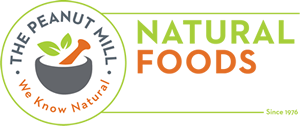The fight against aging has received a scientific boost thanks to research that dispels a hard-held belief about the natural ingredient, beta-glucan. The study is the first to show that the oat beta-glucan can penetrate the skin despite years of doctors and scientists believing that the large molecule was too big.
The finding is significant, not only in the treatment of skin disorders and removing fine lines and wrinkles but in the promotion of wound healing and reduction in scaring following surgical procedures, says study author Dr. Mark Redmond.
Beta-glucan is the soluble fibre found in the cell walls of oat kernels. Oat has a long history of safe use in providing fast, temporary relief of itching and pain associated with minor skin irritations, has reported to improve the appearance of smoother skin and has helped wound healing. But it has been long-believed that such a large molecule as beta glucan was too big to penetrate the skin.
In the paper, Redmond and his co-authors describe using beta glucan-specific tracking dyes to show the skin penetration did take place. “Interestingly, the glucan penetrates in the same way that water penetrates a brick wall — it does not go through the brick, it goes through the concrete binding the bricks together,” says Redmond. “Of medical significance is the fact that beta-glucan creams promote wound healing and reduction in scaring following surgical procedures.”
Photographs show the actual reduction of wrinkles and consumers should expect to see similar results on themselves in as little as 10 days, says Redmond. Beta glucan is already used in a number of products available to consumers. Oat beta-glucan is also available in capsule form and is used to help reduce cholesterol levels.
University of Alberta, Sept 29, 2005
